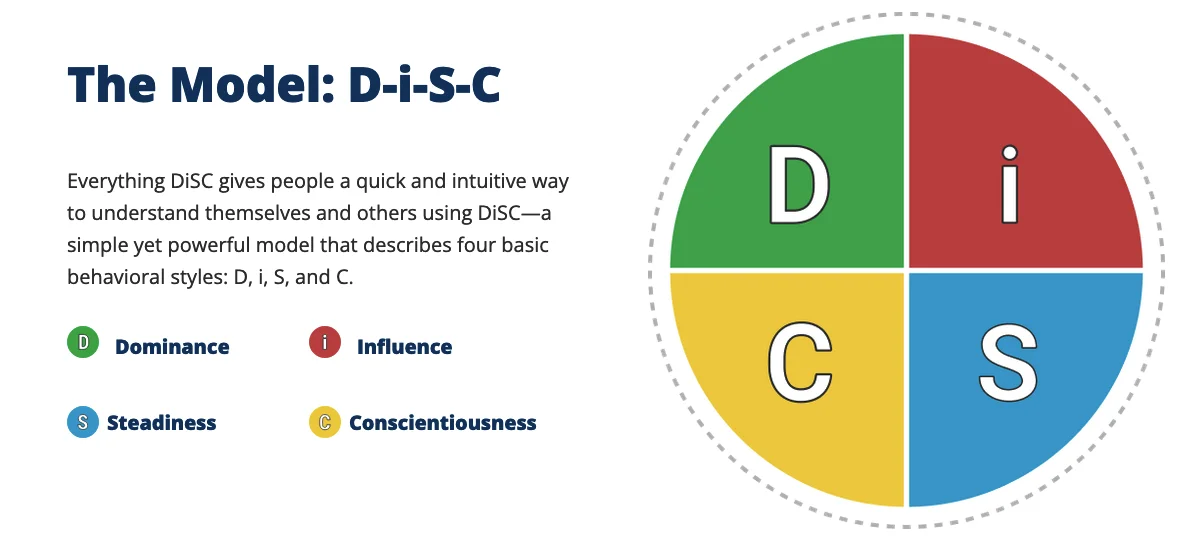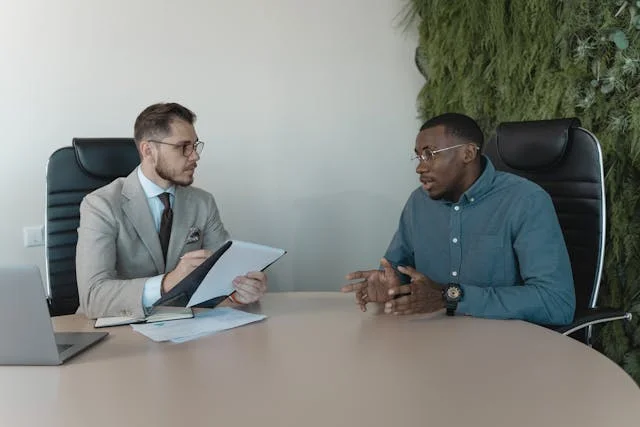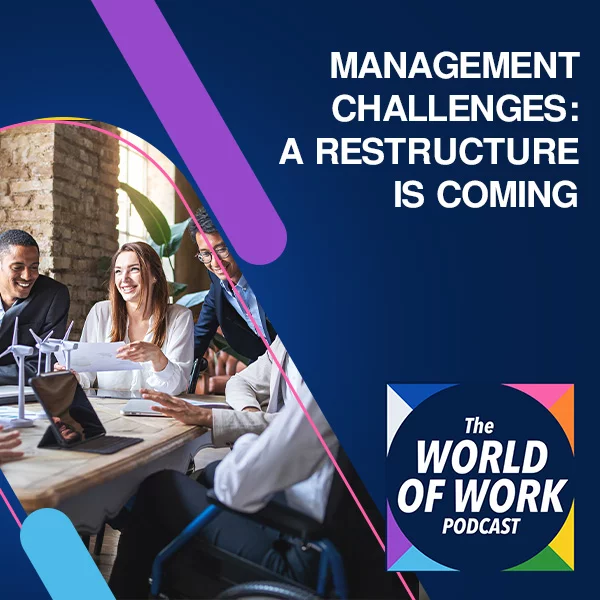The CEDAR feedback model is a five stage feedback process that is heavily influenced by coaching. The model provides space for the recipient to speak and includes a stage for follow up. The stages are: Context, Examples, Diagnosis, Actions and Review.
Summary by The World of Work Project
The CEDAR Feedback Model
The CEDAR feedback model is a structured approach to feedback conversations. It is designed to achieve effective and motivating communication of constructive or corrective messages.
The model follows a broad coaching approach in which the feedback provider uses questioning techniques to help the feedback recipient understand the situation and identify future actions.
The model has five stages: Context, Examples, Diagnosis, Actions and Review.
Context

The first stage of the The CEDAR Feedback Model involves opening the conversation and setting the context. It’s important for the recipient to be aware of the area in relation to which they will receive. It’s also important for the individual to be aware of the importance of feedback itself and how feedback works.
Examples
Having set the scene, you need to provide specific, factual and preferably directly observed examples of actions or behaviors that you want to provide feedback on. Provide enough examples to bring the point to life, but don’t overwhelm the feedback recipient.
Diagnosis
Now that the individual receiving the feedback understand the specific areas that have been identified, the next step is to diagnose the situation with them.
This process usually follows a coaching approach. In this model the feedback provider asks the recipient what they think happened and why. This is a two stage process in which the recipient has the chance to speak and in which the feedback provider listens actively to what they have to say. By the end of this discussion both of you should understand what caused the situation to occur.
Actions
Having worked to understand some of the root causes that led to the situation, you can now move on to determining what actions can be taken to ensure the situation is resolved or doesn’t happen again.
This stage is also usually undertaken through a coaching approach. Here the feedback provider asks the recipient for their thoughts on future actions and next steps. The desire here may be to provide solutions, but doing so should be avoided.
Review
The last stage of The CEDAR Feedback Model wraps the conversation up. The conversation concludes, but the feedback process doesn’t. We should keep checking in the individual and providing reinforcing feedback on a regular basis as well as having a more formal discussion at a set time.
Learning More
Those of you who have spoken to us will know we have pretty strong views on feedback. We understand that receiving feedback well can be difficult and that feedback can feel like a social threat. We also know that receiving feedback can be triggering, causing our amygdala responses (fight or flight) to kick in. Given this, we think it’s good to focus on learning to receive feedback well before focusing on giving feedback well.
There are several posts in this site on various feedback tools and models which might be helpful. These include 360 degree feedback, the stop, start continue framework and the COIN model. There are also some tools we think you should avoid, including the feedback sandwich.
A podcast on feedback might also be helpful. There is one below:
The World of Work Project View
Feedback really is a difficult thing to deliver as well as to receive. The feedback process can be emotive and threatening and appear confrontational, which leads people to avoid it. It shouldn’t be like this though. It should be a helpful process in which both parties are aligned in seeking to improve the performance of the feedback recipient. The whole process really should be about what’s in their best interest. Of course, reality often doesn’t work this way.
The CEDAR model is another useful feedback model to have in your toolkit. As with all models, they each have a time and a place and are better suited for use in some situations and with some individuals more than others.
Part of the CEDAR model’s strength lies in its anchoring in coaching methods. This approach leads to effective conversations that are adult-adult (which we’ve not yet written about) and which help the recipient understand and own the areas that should be addressed.
The coaching approach is also part of the challenge with the CEDAR model. If individuals providing feedback are not experienced as coaches they may find the questioning approach uncomfortable or difficult and may not achieve successful feedback conversations.
Overall, we like this model, but think it’s best used by individuals who are already aware of coaching and who have some practice in questioning techniques. For individuals who are not experienced as coaches we’d suggest a more direct and controlled approach such as the COIN / COILED model.
How We Help Organizations
We provide leadership development programmes and consulting services to clients around the world to help them become high performing organizations that are great places to work. We receive great feedback, build meaningful and lasting relationships and provide reduced cost services where price is a barrier.
Learning more about who we are and what we do it easy: To hear from us, please join our mailing list. To ask about how we can help you or your organization, please contact us. To explore topics we care about, listen to our podcast. To attend a free seminar, please check out our eventbrite page.
We’re also considering creating a community for people interested in improving the world of work. If you’d like to be part of it, please contact us.
Sources and Feedback
This post is based on work by Anna Wildman who created the CEDAR feedback model. You can read more about her and her work here. We owe her an apology as we had her name misspelled at first, but luckily she’s corrected us!
We’re a small organization who know we make mistakes and want to improve them. Please contact us with any feedback you have on this post. We’ll usually reply within 72 hours.






